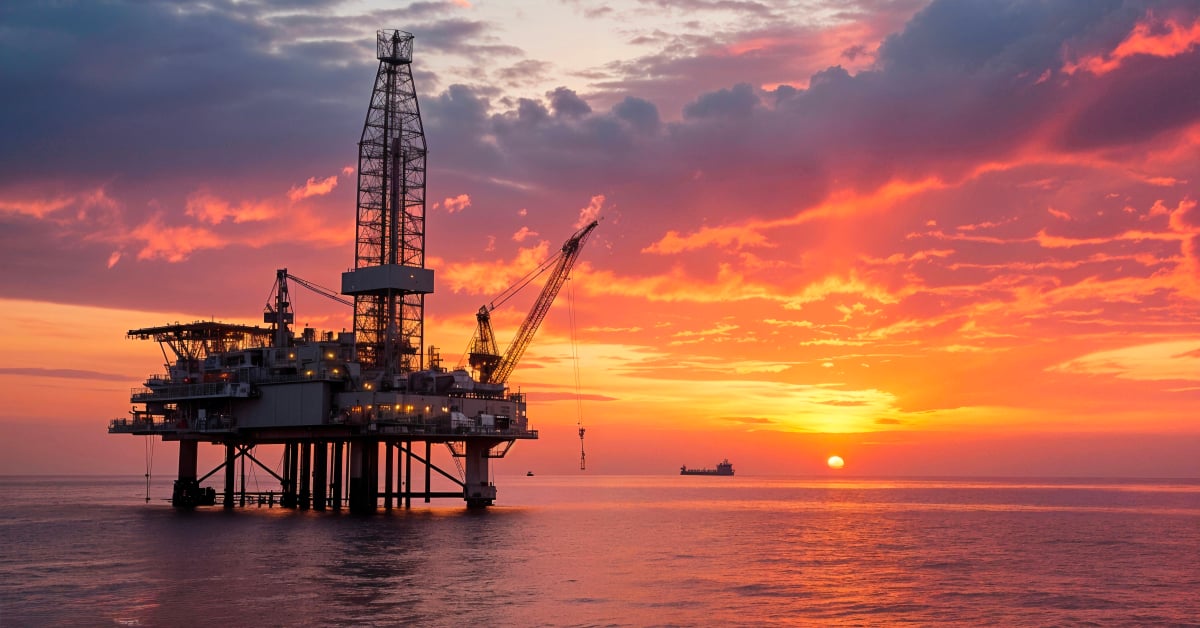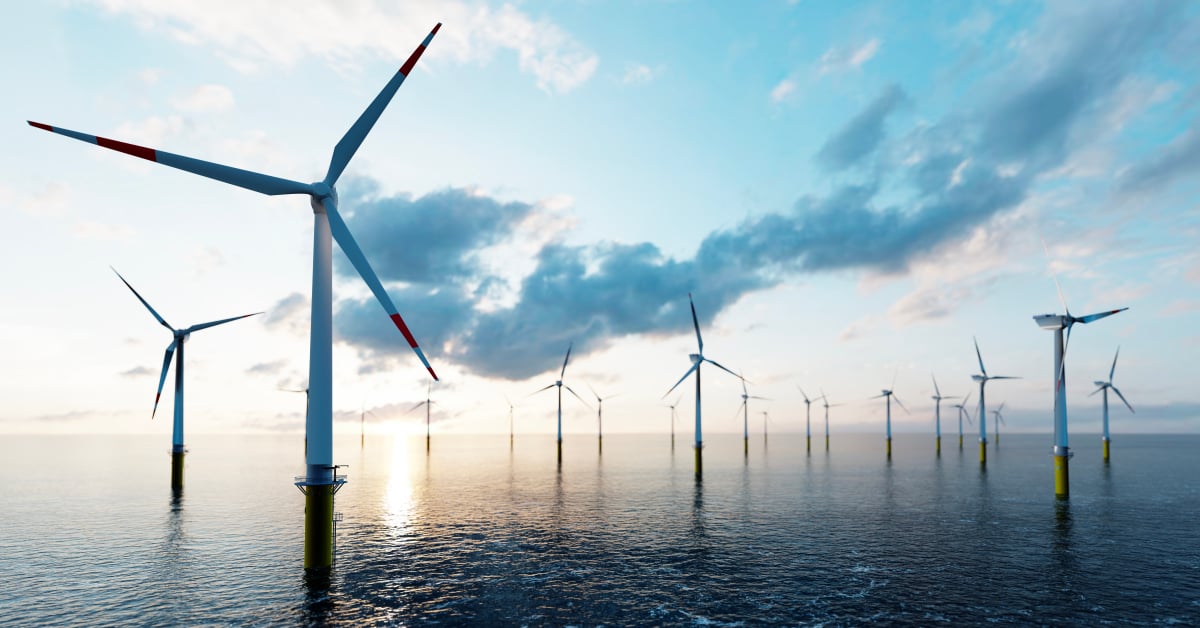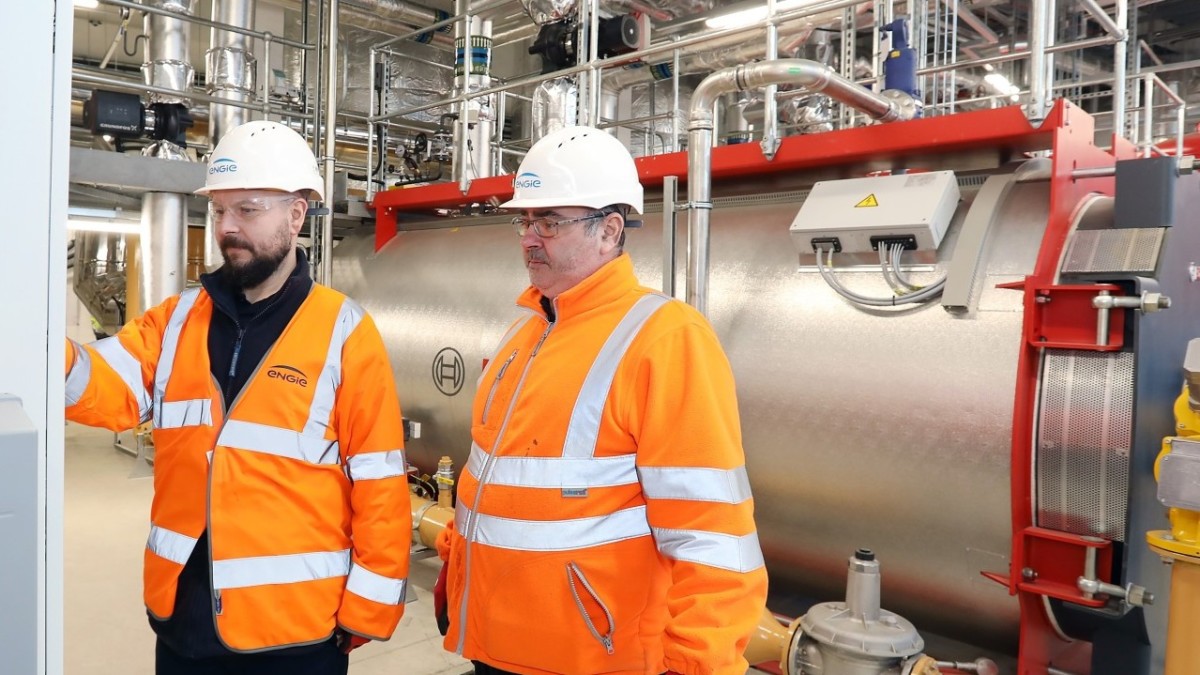Sending carbon back underground to meet Net Zero ambitions
17 March 2021 | By: Richard Davies | 3 min read
Richard Davies started his career in the oil and gas industry extracting carbon. Now he's looking into the reversal of that process to help achieve Net Zero.
The reversal of that process would involve sending oxidised carbon in the form of CO2 back underground as part of Carbon Capture and Sequestration (CCS).
The 2019 report by the Committee on Climate Change on Net Zero highlighted that, 'carbon capture and storage (CCS) in industry... is a necessity, not an option'.
The question is, how to get there?
Contents:
- We have ample storage space available
- Carbon Capture and Sequestration can go ahead now
- Risk reduction, cost reduction
- Supporting Industrial Clusters to reach Net Zero
- Mind the gap
- Electrification and geothermal
- Decarbonising gas networks
- About the authors
We have ample storage space available
We're in a good place - literally and metaphorically - when it comes to underground storage of CO2. Because of the tectonic and geological history of the UK, we are blessed with ample geological storage space in the North Sea and Irish basin.
A decade ago, the UK Storage Appraisal Project identified 600 sites in the North Sea with 70 Gt of total CO2 storage capacity:
- 61 Gt exist in saline aquifer stores
- 9 Gt in depleted oil and gas fields
In 2019, the UK’s CO2 emissions were 354 million tonnes of CO2, so the capacity is there for many years to come if we can use it.
Carbon Capture and Sequestration can go ahead now
We can do this now. CCS can go ahead now, in parallel with continued improvements in technology, monitoring and understanding.
To improve our understanding, we need to better understand the impact of underground storage of carbon. Rocks are incredibly heterogenous phenomena and how CO2 behaves as it is injected is only partially known. Naturally, this leads to questions about the impact of underground storage.
One way to help tackle the social and technical questions is to invest in test beds onshore. Modest investment in these test beds would allow us to develop a ‘UK Otway’ or ‘Otways’.
The Otway National Research Facility in Queensland, Australia is developing and testing CO2 storage technologies, modelling and monitoring solutions. We could develop similar facilities here in the UK.
As a consortium, academics from Newcastle University, Durham University and the University of Oxford are talking to some of the UK’s onshore oil and gas companies about now repurposing their boreholes.
Existing deep onshore wells represent ready-made test facilities. They have the potential to be used almost immediately to trial injection and monitoring.

Wind turbines provide a source of sustainable energy. Image credit: Photocreo Bednarek.
Risk reduction, cost reduction
In terms of geological storage, we are in a phase of risk reduction which should be followed by a phase of cost reduction. There are similarities here to the evolution of offshore wind energy: reduce risk, scale up, reduce cost.
CO2 storage in the Northern and Southern North Sea will be expensive. It’s important to keep in mind that while CCS can abate emissions, the cost of CCS at scale, whether stand alone or part of a shift to a hydrogen economy, requires very substantial upfront spend.
There are risks such as seismicity and contaminant leakage. Those risks need to be managed, mitigated and communicated using Best Available Technologies and public engagement.
Supporting Industrial Clusters to reach Net Zero
Industrial clusters are substantial emitters of carbon emissions that we must consider. The World Economic Forum supports the view that reducing the impact of industrial clusters is critical to getting to Net Zero.
Important progress has been made in decarbonising major industrial sites with coastal locations. Six industrial clusters have been identified in the UK at Teesside, Humberside, Merseyside and Grangemouth, that will use offshore storage capacity by piping hydrocarbons onshore.
But of the UK's 2019 CO2 emissions, industrial clusters contributed c.10%. This means that whilst tackling industrial clusters' emissions will help, there remains a huge gap to be filled by other initiatives.
Mind the gap
Whilst we can make progress to develop CCS and the use of underground storage, it is not a panacea.
The gap between emissions and what can be stored underground can be reduced by using an array of other technologies and demand reduction.
Electrification and geothermal
As we know, heating makes up 1/3 of the UK emissions[2]. A shift away from fossil fuels for heating is vital. At Newcastle University, we take a whole systems approach to energy research. Colleagues in our National Centre for Energy Systems Integration state that electrification is key in supporting the move away from fossil fuels.
We are also working on supporting nascent technologies, such as the potential expansion of district heat networks using geothermal heat. From European studies, geothermal could contribute 30% (as a lower estimate) of the heat required for district heat networks. We are working on this through our £1.6m EPSRC grant Net Zero Geothermal Research for District Infrastructure Engineering (Net Zero GeoRDIE). As part of Net Zero GeoRDIE, our researchers will model and develop single well geothermal systems as an integrated part of a whole energy system to decarbonise heating and cooling.

Our innovation district, Newcastle Helix, includes a district energy scheme.
Decarbonising gas networks
As for other technologies, H2 is expected to play a key role in decarbonising gas networks. In scenarios involving blue hydrogen, CCS is vital. In the case of both blue and green hydrogen, geological storage at scale will be necessary.
The location of H2 production infrastructure is driven by proximity to underground H2 storage and geological storage for CO2[3]. There is still work to be done to understand the optimum geological storage solution, whether it is onshore or offshore. The onshore test facilities that we are planning could be used by researchers to test how best to store hydrogen in salt caverns, as well as saline aquifers or depleted oil and gas reservoirs.
The onshore subsurface will not be significant in terms of CO2 storage, but it should be used to continue to test and improve our ability to monitor CO2 storage and H2 storage, just as large-scale wind turbine testing was done onshore before the significant offshore investments.
About the authors
Richard Davies is Pro-Vice-Chancellor (Global) at Newcastle University and lead of the NERC-ESRC Unconventional Hydrocarbons in the UK Energy Programme.
This blog follows a presentation to the House of Lords Science and Technology Committee.
This blog was written by Professor Richard Davies with contributions from Dr Mark Ireland, Rachel Brown and Professor Jon Gluyas (Durham Energy Institute).
You might also like
- Our Centre for Energy - bringing people together to tackle the global need for clean, affordable energy
- Blog: Impact of the ban of UK internal combustion engine sales
- The Driving the Electric Revolution Industrialisation Centres - a UK-wide project aiming to accelerate delivery of Power Electronics, Machines and Drives solutions for the global market
References
[1] Net Zero public engagement and participation, a briefing note, Demiski, 2021
[2] http://researchbriefings.files.parliament.uk/documents/POST-PN-0523/POST-PN-0523.pdf
[3] Sunny, N., Mac Dowell, N. and Shah, N., 2020. What is needed to deliver carbon-neutral heat using hydrogen and CCS?. Energy & Environmental Science, 13(11), pp.4204-4224.
